
Kunsthistorisches Museum Bezoar mit Goldring und Inschrift
A bezoar stone is a hardened mass of chewed hair formed in a ruminant animal's stomach. Since medieval times, people have believed that these stones were endowed with healing properties, and.

Bezoar goat facts, pictures, behaviour, habitat and conservation status
Bezoars were introduced to Europe from the Middle East during the 11th century, and they were popular as medicinal remedies; however, their use started to fall out of favor by the 18th century. 2 In the 1500s, the famous surgeon Ambroise Paré tested the healing properties of a bezoar stone.
.jpg?mode=max)
PROBABLY 18TH CENTURY, Two bezoar stones Christie’s
Bezoars are tightly packed collections of partially digested or undigested material that can become stuck in the stomach or intestines. Masses of undigestible materials can get stuck in the stomach. Most bezoars cause no symptoms. The diagnosis is based on x-rays and other imaging tests and on a visual examination of the digestive tract using.

Rececho de Sarrio trofeo Hunty
Phytobezoars. These are the most common type of bezoar and are composed of indigestible vegetable fibers. Diospyrobezoars. A type of phytobezoar composed of persimmon fruit. Trichobezoars. These.
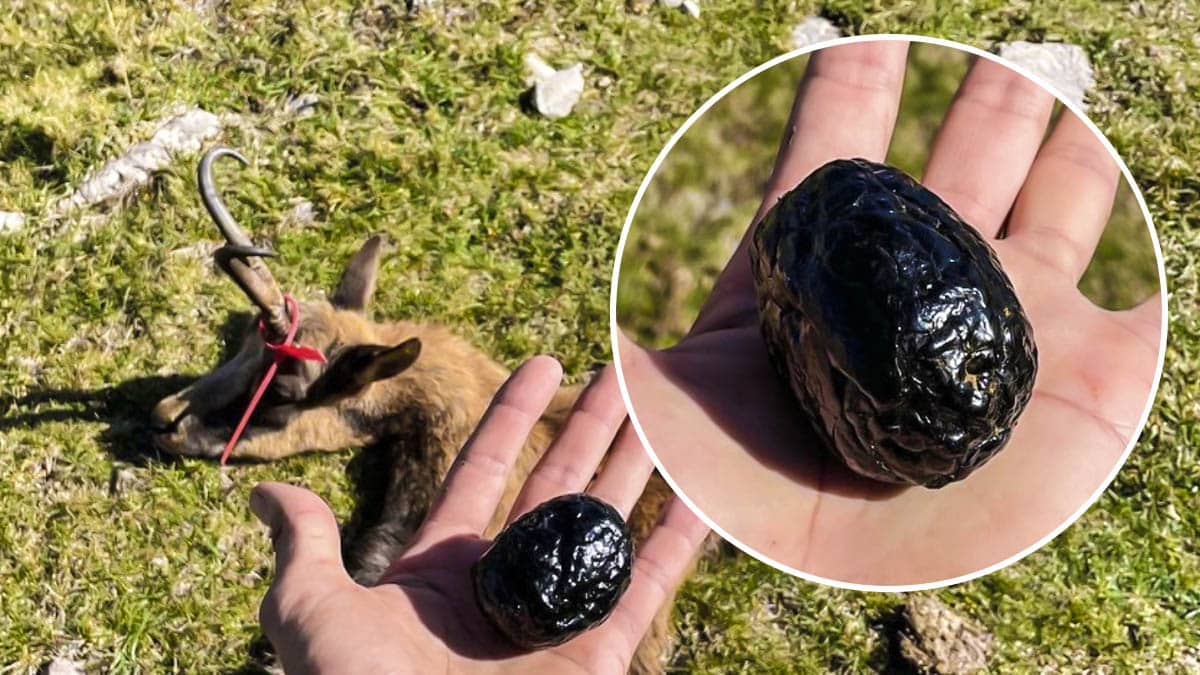
Cazan un viejo sarrio de 20 años con una piedra bezoar en su interior
A bezoar is a concretion of foreign, indigestible material in the gastrointestinal tract. While bezoars are relatively rare, and often found incidentally, they can be the cause of vague symptoms like nausea and fullness. The composition defines the bezoar classification, with the most common type being a phytobezoar (plant materials).
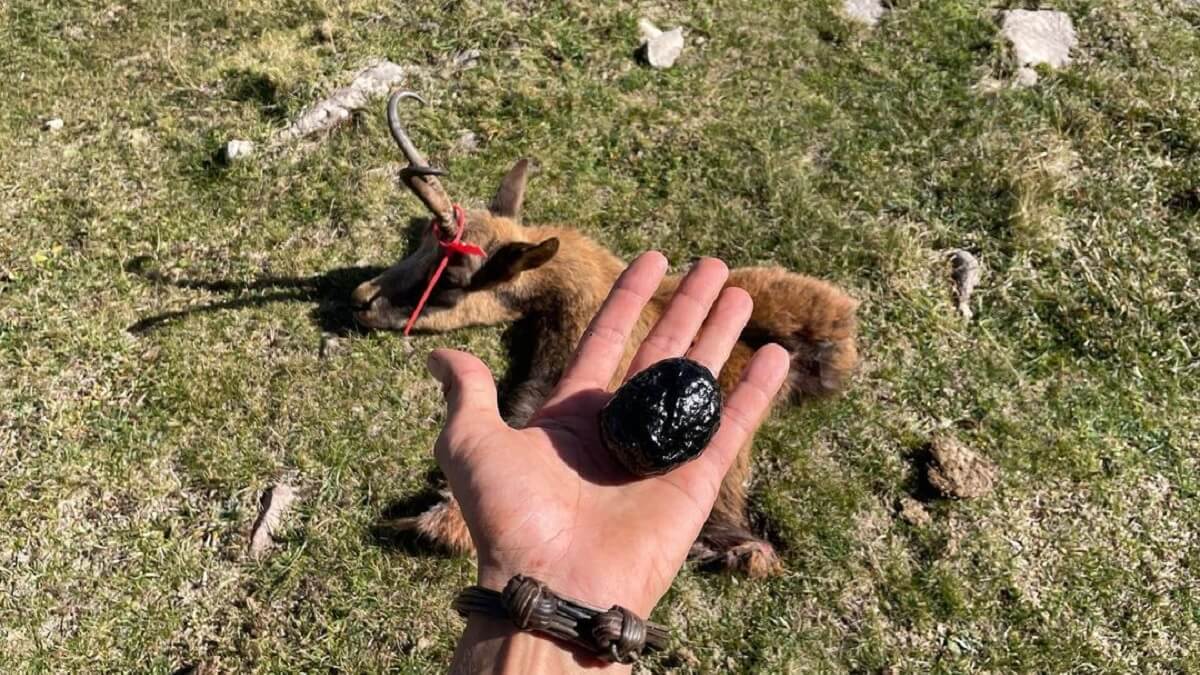
Cazan un viejo sarrio de 20 años con una piedra bezoar en su interior
A bezoar is a ball of swallowed foreign material most often composed of hair or fiber. It collects in the stomach and fails to pass through the intestines. Causes Chewing on or eating hair or fuzzy materials (or indigestible materials such as plastic bags) can lead to the formation of a bezoar. The rate is very low.
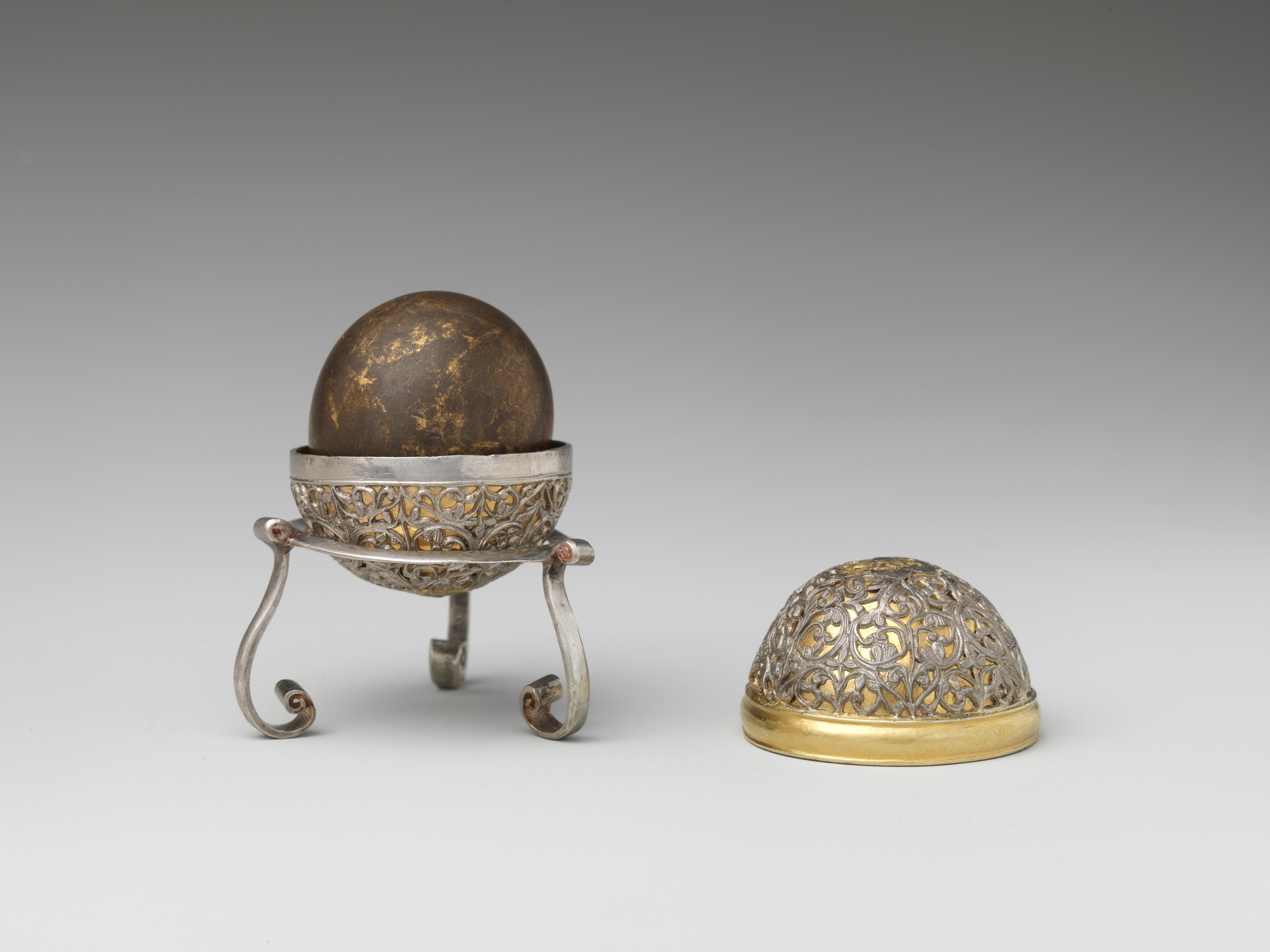
Bezoar Stone with Case and Stand The Metropolitan Museum of Art
Definition A bezoar is a ball of swallowed foreign material most often composed of hair or fiber. It collects in the stomach and fails to pass through the intestines. Alternative Names Trichobezoar; Hairball Causes Chewing on or eating hair or fuzzy materials (or indigestible materials such as plastic bags) can lead to the formation of a bezoar.

Bezoar Stone
In fact, the term "bezoar" is derived from the Persian word pādzahr, which means expeller of poisons. Enthusiasm for bezoars as a cure for poisoning began to wane after an experiment by Ambroise Paré, a military surgeon in the 16 th century. Paré, a longtime bezoar denier, believed that tales of the stone's antidotal prowess were false.
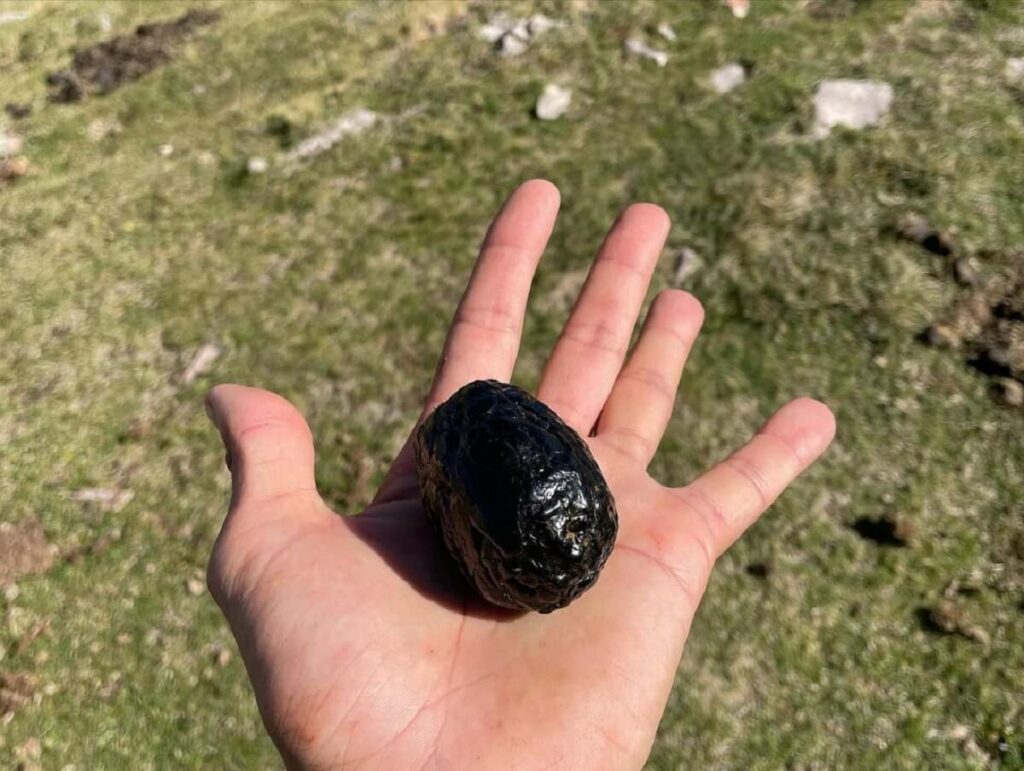
Cazan un viejo sarrio de 20 años con una piedra bezoar en su interior
Bezoars can develop months to years postoperatively. People, who undergo surgical procedures for bariatric surgery, and particularly partial gastrectomy for gastric cancer are prone to form gastric bezoars due to reduced gastric motility, loss of antral-pyloric function, hypoacidity, and rarely vagotomy that are the major causes of gastric.

Bezoar Antidote Renaissance Science and Medicine Galileo's Revenge
This obstruction can cause the following symptoms: severe abdominal pain. bloating and constipation. inability to pass stool or gas. Gastrointestinal perforation: A large or hardened bezoar can.

Bezoars The Sought After Ancient Jewels Made from Animal Stomach Growths Ancient Origins
Causes. Chewing on or eating hair or fuzzy materials (or indigestible materials such as plastic bags) can lead to the formation of a bezoar. The rate is very low. The risk is greater among people with intellectual disability or emotionally disturbed children. Generally, bezoars are mostly seen in females aged 10 to 19.
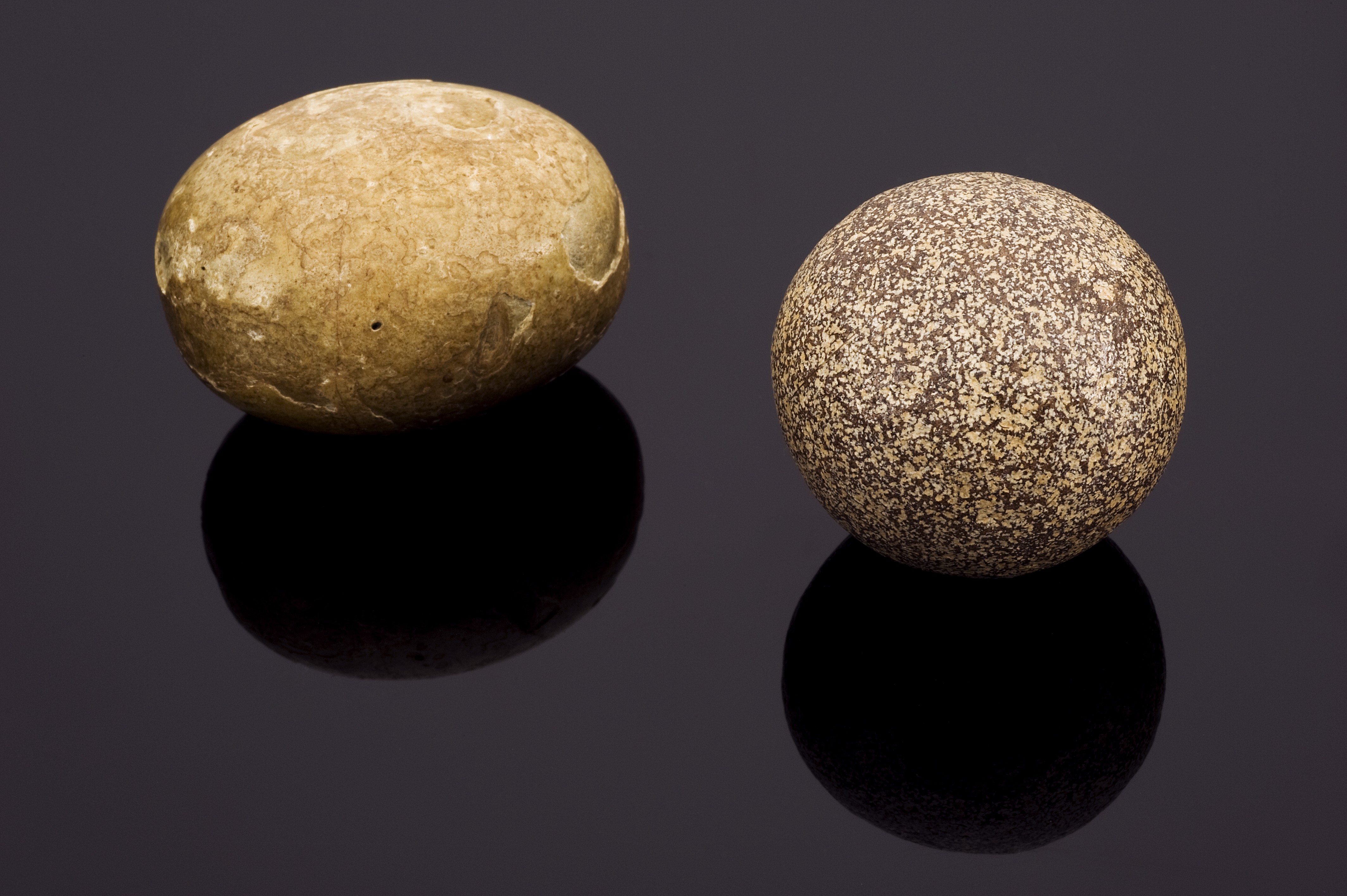
Leyendas de Extremadura » La Piedra Bezoar
A bezoar is a tightly packed collection of partially digested or undigested material that most commonly occurs in the stomach. Gastric bezoars can occur in all age groups and often occur in patients with behavior disorders, abnormal gastric emptying, or altered gastrointestinal anatomy. Many bezoars are asymptomatic, but some cause symptoms.

Artefacts — Bezoar (stone found in gastrointestinal system)... Ancient jewelry, Stone, Gold
A bezoar refers to a collection of partially digested material that collects in the stomach. Bezoars occur in both humans and animals. Sometimes the material is not digested at all and tightly.

The Use of Bezoars in History Nicholas C. Rossis
A 16 th century bezoar in the Kunsthistorisches Museum, Vienne (Photo by Michael Martin/Flickr) Bezoars became very popular among rich Europeans, Nautilus says.. L'Homme au Masque de Fer (the French for "The Man in the Iron Mask") is the name given to a prisoner arrested in about 1669 and condemned to the cruel fate of having his head.

Bezoar (Wild Goat) Arabian Rock Art Heritage
A bezoar is an indigestible conglomeration trapped in the gastrointestinal tract. This indigestible mass can be formed by a variety of materials that were intentionally or accidentally ingested.

Bezoar, gastric bezoar causes, symptoms, diagnosis and bezoar treatment
A bezoar could be worn as a charm, ground into a powder and consumed or dropped into a drink suspected to contain poison. Arabian doctors had been using bezoars since the 8th century, and brought them into western medicine in the 12th century as an antidote to arsenic, a favorite poison used to assassinate European nobles. By the 16th century.